Castillo Ygay Gran Reserva Especial 2012
Descripción
Castillo Ygay es una de las etiquetas centenarias de Rioja. Se diseña siguiendo la serigrafía de los primeros vinos de la región. De hecho, fue uno de los primeros vinos que nacieron en Rioja cuando los elaboradores franceses, afectados por la filoxera, llegaron a esta zona para abastecerse. Un vino de obligado conocimiento para saber lo que es un Rioja de corte clásico adaptado a los tiempos. Cuenta siempre con el respaldo de la crítica internacional, como demuestran los 100 puntos Suckling conseguidos en esta añada 2012.
Ficha técnica
Cata
Viñedo y elaboración
Opinión de los críticos
So much dried flower, mushroom, iron, rust, sweet berry, and grilled orange. Full-bodied with very elegant and refined tannins that melt in the mouth and give a real sense of place and integrity. Balanced and harmonious. The finesse and finish is endless. Production was 30% less than in 2011. Already so drinkable. A wonderful future. This is the new 1934 or 1964, two legends. Drink or hold.
There will be no Castillo Ygay reds in 2013, 2014 or 2015, so its many fans would be well advised to stock up now. Made in a vintage that María Vargas regards as outstanding, this partners Tempranillo with 19% Mazuelo. Aged in American and a smaller amount of French oak, it has appealing balsamic, tobacco leaf and aromatic spice aromas, wonderful structure and depth, layers of blackberry, fig and red berry fruit and a persistent, acid-driven finish. 2026-40
I tasted again the 2012 Castillo Ygay Gran Reserva Especial, as the wine was not produced in 2013, 2014 or 2015 and the 2016 will not be released until 2027. The next vintages will be 2017, 2019 and 2021. The 2012 was produced with a blend of 81% Tempranillo and 19% Mazuelo (Cariñena) from the plot La Plana in the Ygay estate, which was planted in 1950 at 485 meters above sea level, the highest in the Ygay property. The Tempranillo was picked between September 17th and 19th, and the Mazuelo was harvested on September 25th. The bunches were destemmed and lightly crushed and put to ferment in stainless steel for 10 days with constant pump-overs and délestages. The Tempranillo matured for 34 months in American oak barrels, and the Mazuelo also matured for 34 months but in French barriques, then it was blended and put in concrete for a further 20 months. It has 14% alcohol, a pH of 3.65 and 5.8 grams of acidity (measured in tartaric acid per liter). It's spicy, with abundant notes of forest floor, truffles and dry leaves, cigar ash and cedarwood, with a very tasty palate, savory, almost salty. It's evolving at a very slow pace. It should last forever... 103,216 bottles, 3,121 magnums and some larger formats were produced. It was bottled in May 2019. (Luis Guitérrez)
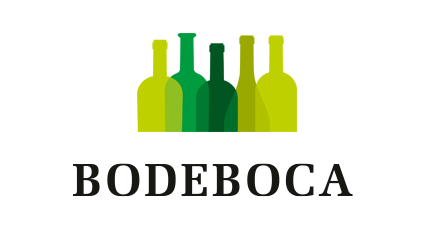
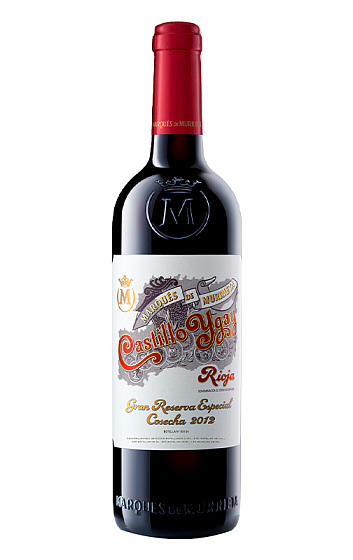
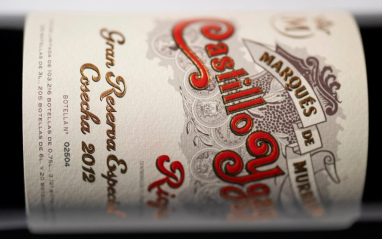
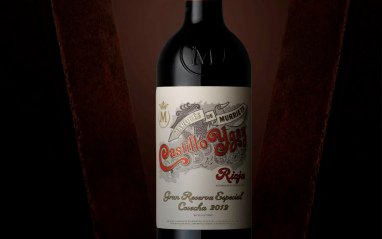
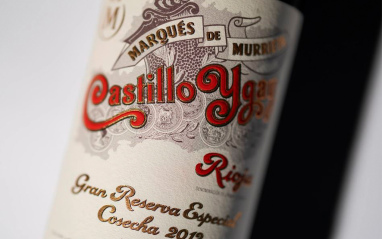


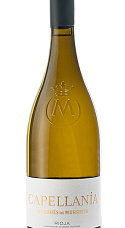
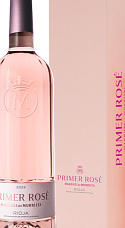
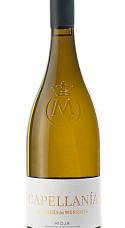
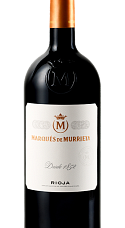

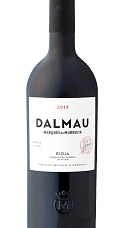
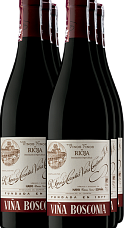



Añadas: 2012 2011 2010 2009
El mito se corresonde con la realidad. Un sueño
Espectáculo puro
Muy buen vino pero sobrevalorado en precio
Soberbio
Un espectáculo dentro de un botella
Excelente
He probado esta añada y otra distinta, y no existe una diferencia, que valga los 100 euros extra. Excepcional menos el precio.
SOBREVALORADO He probado vinos mucho mejores. La verdad es que no me importa pagar por un buen vino… Pero este vino no lo merece.
Super Vinho!!!